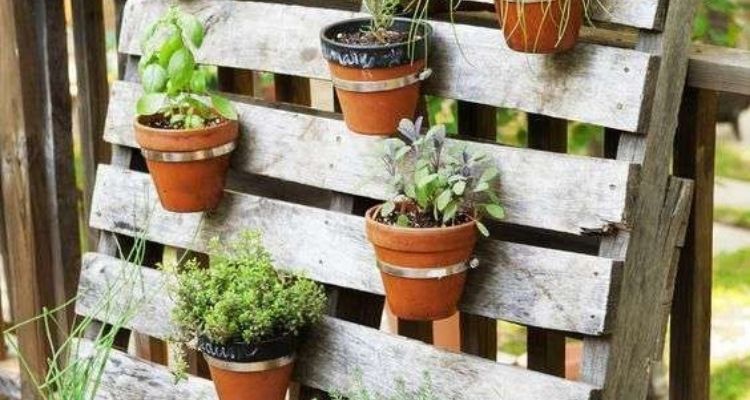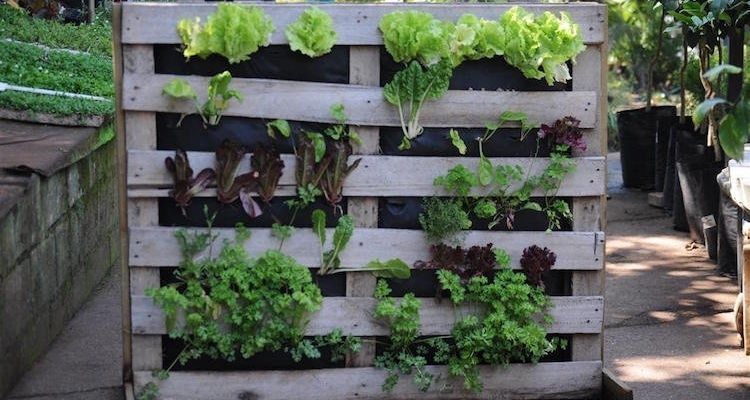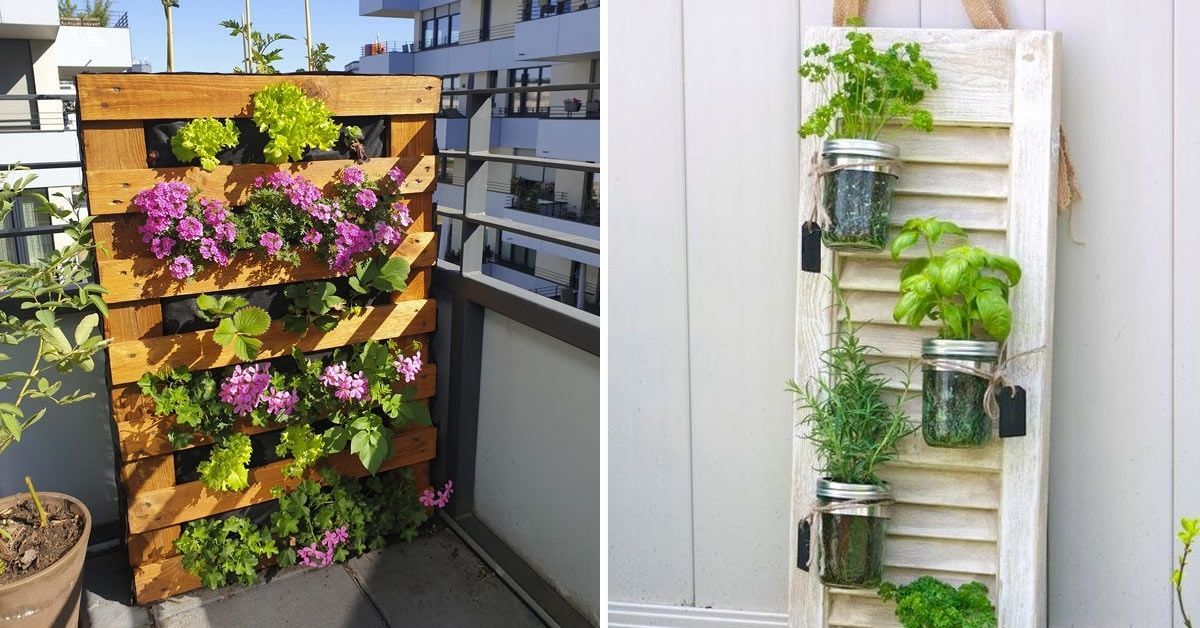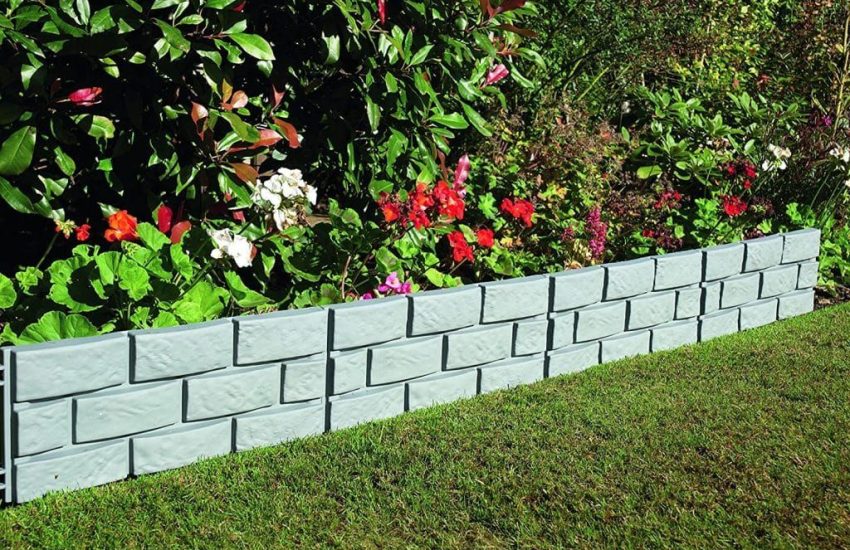Vertical garden how to have a vegetable garden on your balcony
Vertical garden: how to have a vegetable garden on your balcony
Approximately 36 million people in the United States cultivate plots of land. The trend is also developing in Great Britain, where 80% of Britons are dedicated to b but also to raising animals. The vegetable garden trend is also affecting France, where there are already seven millionplant growing enthusiasts and vegetables on the balcony or terrace.
This new method of cultivation gives rise to what is known as the “Vertical gardens. Due to the economic crisis and increasingly smaller living spaces, vertical gardens are a easy and inexpensive solution to enjoy a small garden even between the balcony railings and the windows of the house.
The increase in the price of vegetables and the impossibility for future generations to buy a large house with a garden, is precisely the reason for the spread of vertical gardens, considered the latest revolution in sustainable architecture. Vertical gardens can be They can be made at low cost, simply by using a little ingenuity and creativity.
Vertical vegetable gardens
Vertical gardens are green spaces that are not placed horizontally on the surface of the garden or terrace, but on the vertical” parts of the balcony and window.
They are so called because they are composed of a series of pots and planters that are placed on elevated points of the balcony, remaining permanently suspended. Inside the containers, you can grow flowering plants, but also vegetables. These gardens can be considered as miniature hanging gardens.
They do not occupy the horizontal surface of the houses, but only the vertical ones. The aesthetic result of these gardens is remarkable, with the advantage of being able to always have organic vegetables and plants at hand that can skillfully satisfy the desire for greenery and nature of those who live in small urban homes.

Types of vertical gardens
A vertical vegetable garden can be built with the classic D.I.Y., perhaps inspired by ideas that others have had before us.
In the United States, renowned architects have created vertical vegetable gardens using pallets and plastic bottles. It is also possible to build a vertical vegetable garden by attaching planters to wooden beams. Vertical pallet gardens are the idea of gardening expert Fern Richardson, who has created beautiful vertical gardens using wooden platforms or pallets.
Wooden pallets are used to transport goods. Once their function is fulfilled, these supports are disposed of by the waste collection service. The American gardener’s idea was to collect some of them from the trash. Of course, recycled platforms must be in good condition.
The second vertical garden idea is called “Windowfarm, The first vertical garden was created in 2009 by Britta Riley and Rebecca Bray, who used wooden pallets to build their garden plastic bottles.
The third idea is Italian and was created by Stefano Spillare, a lover of eco-sustainability.

How to make them
The vegetable garden with the palette is made by covering the bottom of the pallet with a cloth that you staple to the edges. The fabric must be strong enough: you can try plastic or very thick fabrics. The spaces of the platform must be filled with soil which will not scatter at the base thanks to the covering with the fabric.
These, however, must allow a good transpiration and a good water drainage.
Place the platform on the balcony and terrace and fill the spaces with the desired seedlings. They are not step of a real vertical vegetable garden because it rests on the surface of the balcony, but it is counted in this category for its extremely small size.
The ” farm-window “ is built with ordinary plastic tubes that start from a window and flow into bottles, also plastic, perforated at the base and communicating with containers filled with soil and plants. In this way, you create a kind of green path that will provide water to all the plants in the containers.
LItalian idea is less complicated than the one in the United States and allows you to create a beautiful vertical vegetable garden using wooden joists and planters. Wooden joists and planters can be purchased in a DIY store. On the sides of each planter, you need to make two holes: the distance between one hole and the other should not be greater than the width of the joists.
After drilling the holes, the planters are attached to the joist with self-tapping screws.
Two planters are fixed at the end of the joist and a third one in the middle. After arranging the containers, attach the second joist to the side of the planters. The structure can be fixed to the wall with the help of supports, after which it will be ready to be filled with soil and plants to grow.

Vertical vegetable garden kit
If you have difficulties with DIY, you can also buy a vertical vegetable garden kit. These are stackable plastic containers with space for soil and plants. They are sold in different colors and sizes and are easily placed on the balcony railing or wall.
They cost between 30 € and 150 € on Amazon . The cost may be negligible, but those who love creativity will find more satisfaction and pleasure in creating a vertical vegetable garden with their own hands.
This article was useful to you? Feel free to share it with your friends on Facebook!


